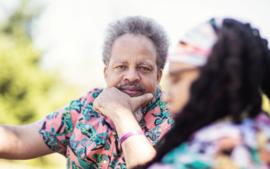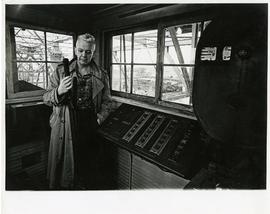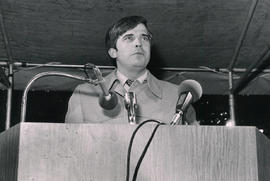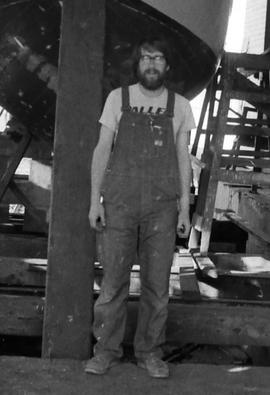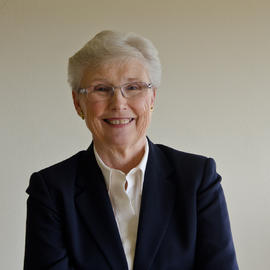- 4.3.1
- Person
- 1907-1968
Perry Keithley was born August 7, 1906 in Castle Rock, Washington. He attended Centralia High School (Class of 1925) and Bellingham Normal School (1925-1927). After starting his career as an educator, Keithley attended summer sessions at Western Washington College of Education where he was a part of the first four year graduating class in 1933. From 1928 to 1930, he taught at Meadows School in Thurston County where he was one of two total teachers. He taught all students in grades 5-8. He then moved to Lincoln School in Gig Harbor where he served as principal and taught 7th and 8th grades from 1930 to 1931. In 1931, Keithley was hired as a teacher and superintendent of the Midland and Harvard School Districts in Pierce County. His early years working for the school district coincided with financial challenges caused by the Great Depression. During this time, Keithley served as superintendent, principal, teacher, coach, and school bus driver. He also organized summer recreational programs for students. For several years, he was the youngest superintendent in the state of Washington. He chaired the statewide legislative committee of the Washington Education Association and led an effort to consolidate the Midland, Parkland, Collins, and Central Avenue school districts into the Franklin-Pierce School District. Due to health problems, Keithley retired in 1957. He died at age 61 of pancreatic cancer in 1968. In 1960, Perry G. Keithley Junior High (later Middle School) was named in his honor.
